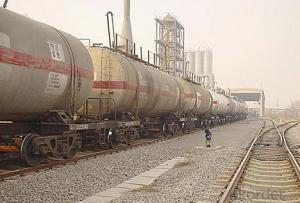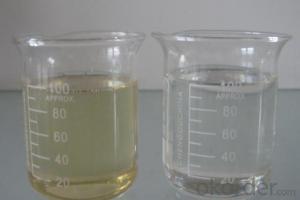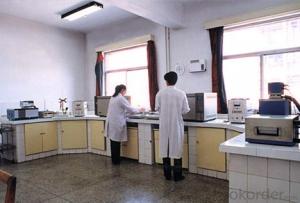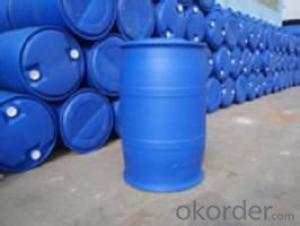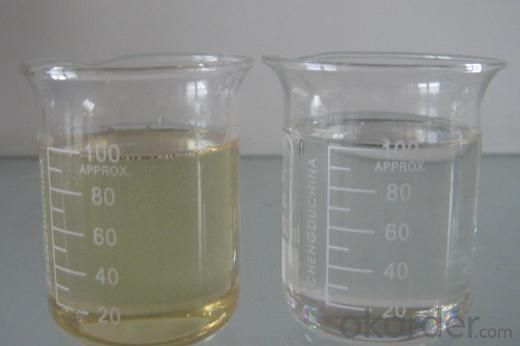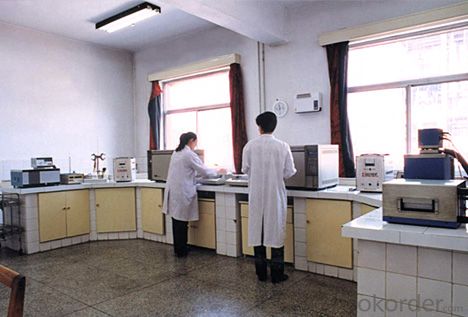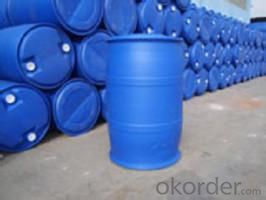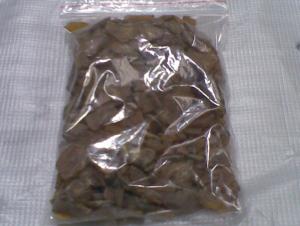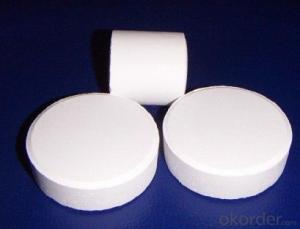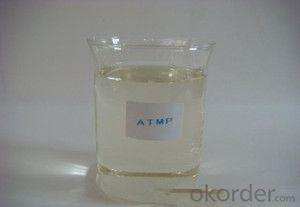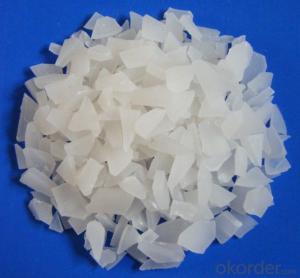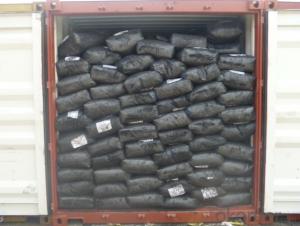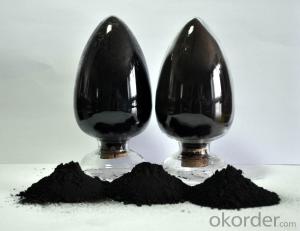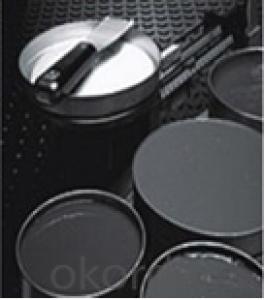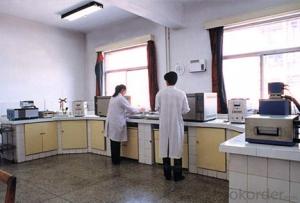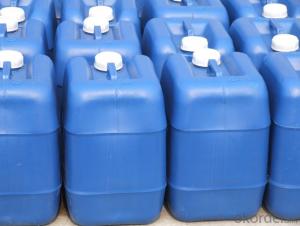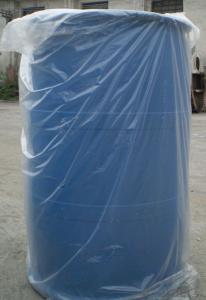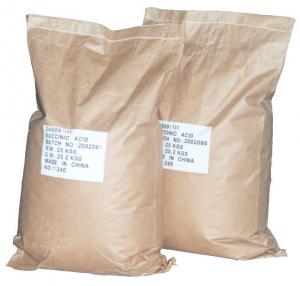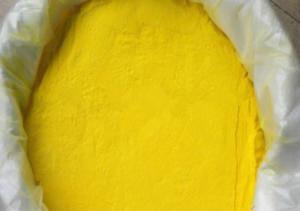New Plasticizer DEDB Mixed With Resin For Plastic
- Loading Port:
- Tianjin
- Payment Terms:
- TT OR LC
- Min Order Qty:
- 16.8
- Supply Capability:
- 8000 m.t./month
OKorder Service Pledge
OKorder Financial Service
You Might Also Like
Product performance:
Polyol Benzoate (DEDB) is colorless or pale yellow transparent oily liquid, water-insoluble, soluble in aromatic hydrocarbons, ketones and ethers, and has good compatibility withpolyvinyl chloride, ethylene - vinyl acetate copolymer, poly vinyl acetate, polymethylmethacrylate, polyvinylbutyral, nitrocellulose, and ethyl cellulose, etc.
Product application:
Polyol Benzoate(DEDB) is an environmentally friendly plasticizer with the characteristics of strong solubility, good compatibility, low volatility,resistant to oil, water, light, pollution etc. It is suitable for processing PVC flooring material, plastisol, artificial leather, cable material, soft and hard pipe, shoes material, rubber strips, synthetic rubber, and paint, printing ink, etc. It has a better plasticized effect if it is used together withDOP or DBP, and has greatly achieved the purpose of reducing cost .
Product quality index
Item | First grade | Second grade |
Chroma(APHA) ≤ | 50 | 60 |
Ester % ≥ | 99.5 | 90.0 |
Density(20°C)g/ | 1.120-1.126 | 1.172-1.78 |
Acidity(as benzene dicarbonic acid) % ≤ | 0.01 | 0.02 |
Flash Point °C ≥ | 195 | 192 |
Loss on heat(125°C,2 hours)% ≤ | 0.3 | 0.5 |
Chroma after heat treatment | 80 | 100 |
Specifications
1. Direct producer with 15 years experience
2. ISO9001:2000
3. High quality, lower price and best service
4. New plasticizer
Packaging: IBM, net weight: 1000 kg.
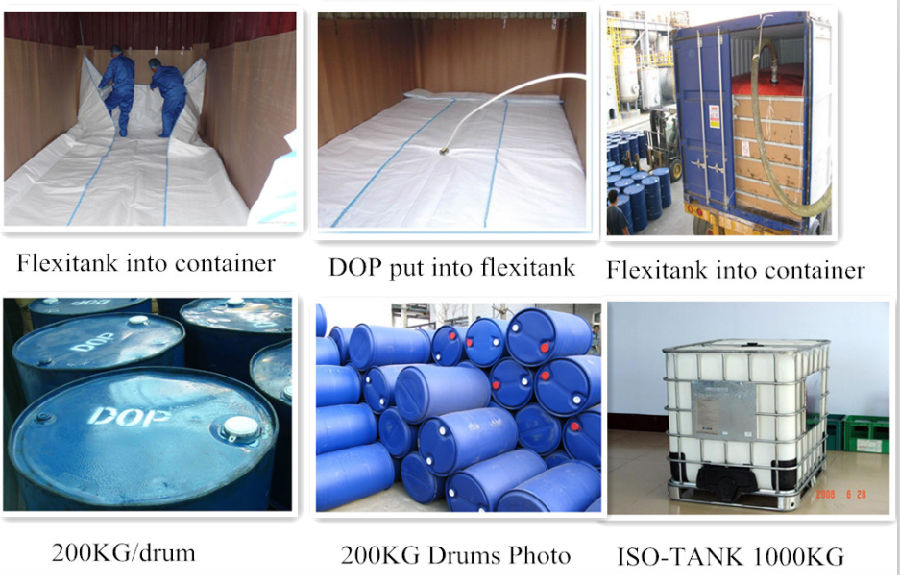 Our Factory:
Our Factory:
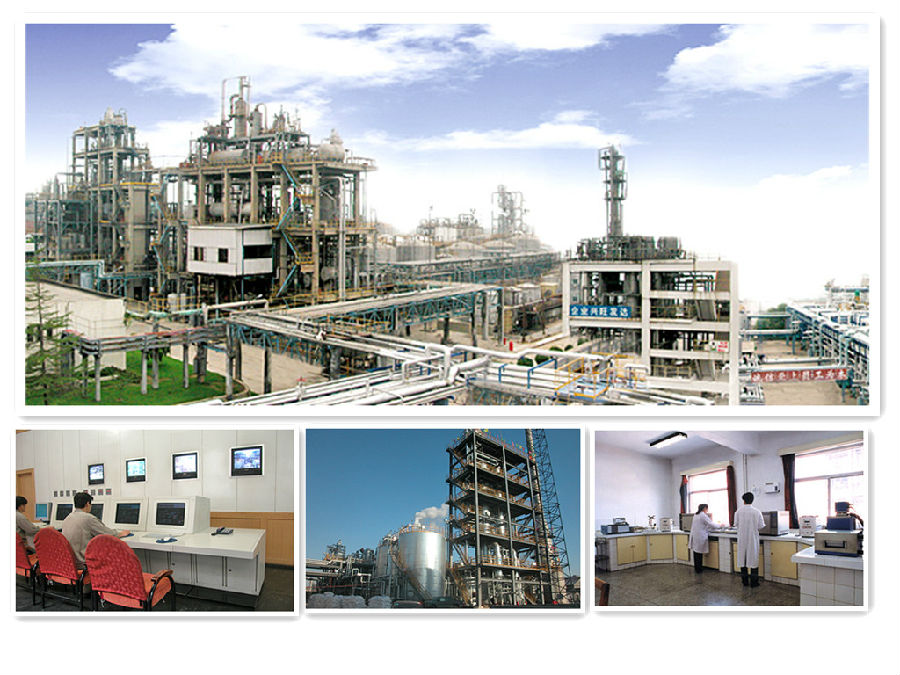
- Q: Organic chemical concentration of bromine and liquid bromine What is the difference between the conditions in the iron as a catalyst can not be reacted with toluene to produce tribromotoluene? Is it possible to work with phenol to produce tribromophenol?
- The concentrated bromine water is a bromine aqueous solution and the liquid bromine is pure bromine. Only liquid bromine can produce tribromotoluene, and to add iron powder as a catalyst, and the main production is to lead bromotoluene and p-bromotoluene, tribromotoluene this content is very small.
- Q: what is the role of a catalyst in a chemical reaction?
- It increases the rate of reaction by lowering the requirement of energy needed to carry out the chemical reaction. Hope that helped.
- Q: Chemical Glossary: Catalyst
- The catalyst is a substance that can change the rate of the reaction without changing the standard of the reaction Gibbs free, according to the definition of the International Pure and Applied Chemistry (IUPAC) in 1981, Enthalpy change. This effect is called catalysis. The reaction involving the catalyst is a catalytic reaction.
- Q: Chemical equation if there is a catalyst and heating, which write in the equal sign above, which written in the following? Tomorrow academic level test, solution
- At the same time, the catalyst is heated
- Q: What is the reaction of hydrogen peroxide to add manganese dioxide?
- Hydrogen peroxide → water + oxygen (arrows on the manganese dioxide, as a catalyst)
- Q: The quality and nature of the catalyst before and after the chemical reaction did not change this sentence wrong? Why did the "middle school student study" say it was wrong?
- The newspaper is wrong and find the teacher's theory. The
- Q: What kind of chemical substances can seriously damage the ozone layer, as a catalyst or reactants can be?
- Hundreds of years ago the news once the industrial production and emissions of ozone generated less way, the ozone layer will still be thin.
- Q: Can chemical reaction limits be changed by catalyst or other methods?
- No, the catalyst can only speed up the chemical reaction, but can not change the chemical limit.
- Q: Chemical reactions in the presence of impurities will cause catalyst poisoning, how to understand this sentence
- This is in the chemical balance, but also alone
- Q: give an example of how a catalysts speeds up the rate of reaction?? thank you!!?
- Catalysts speed up a reaction, but at the end of it, it's chemically unchanged. You usually have the same mass at the end of the reaction. For example.. Consider the decomposition of Hydrogen Peroxide: 2H2O2 -2H2O + O2 I hope you got how to represent it =D So.. This reaction is very slow. You can try it out in the lab. So when we add a catalyst, the reaction speeds up. The catalyst used here is MnO2.. Manganese dioxide. Well.. The Enzymes in our body are also Catalysts. They speed up the Biological Reactions taking place inside out body. I hope this answers your question. :) Cheers
Send your message to us
New Plasticizer DEDB Mixed With Resin For Plastic
- Loading Port:
- Tianjin
- Payment Terms:
- TT OR LC
- Min Order Qty:
- 16.8
- Supply Capability:
- 8000 m.t./month
OKorder Service Pledge
OKorder Financial Service
Similar products
Hot products
Hot Searches
Related keywords
